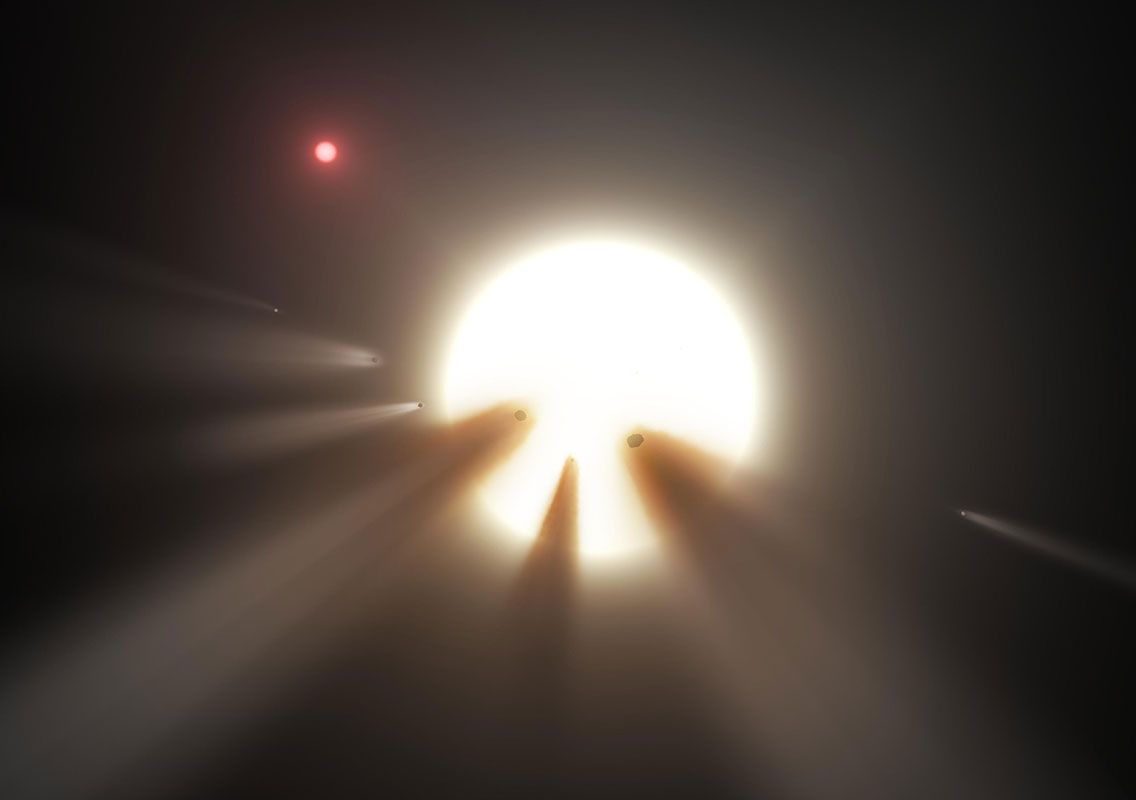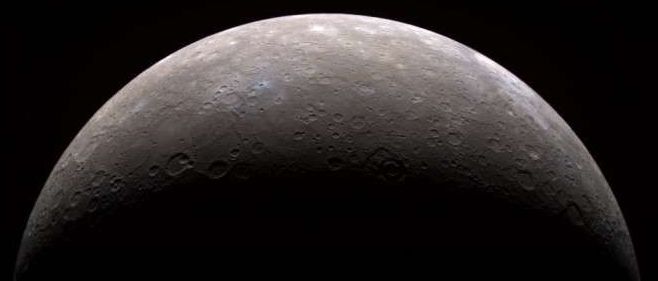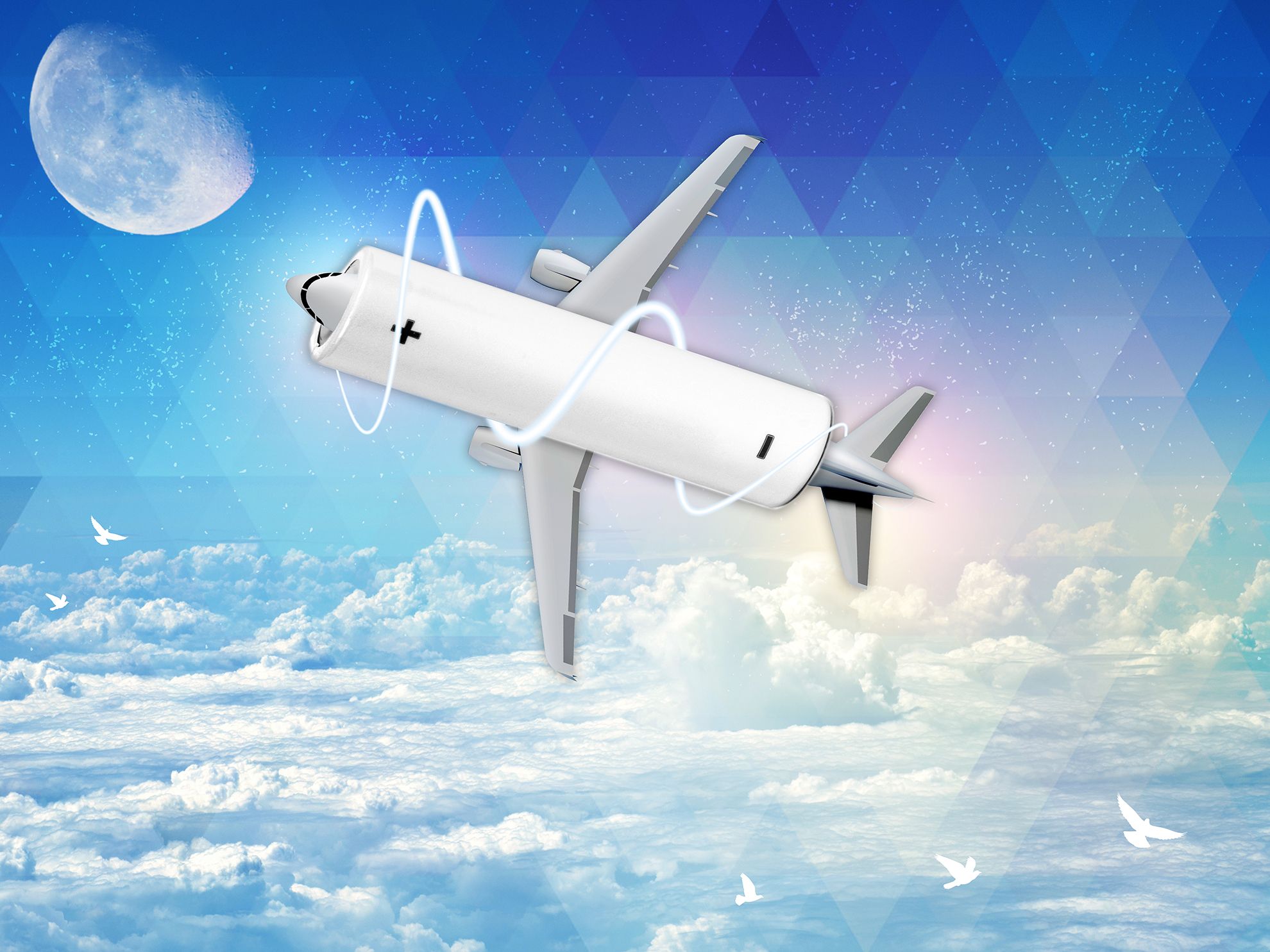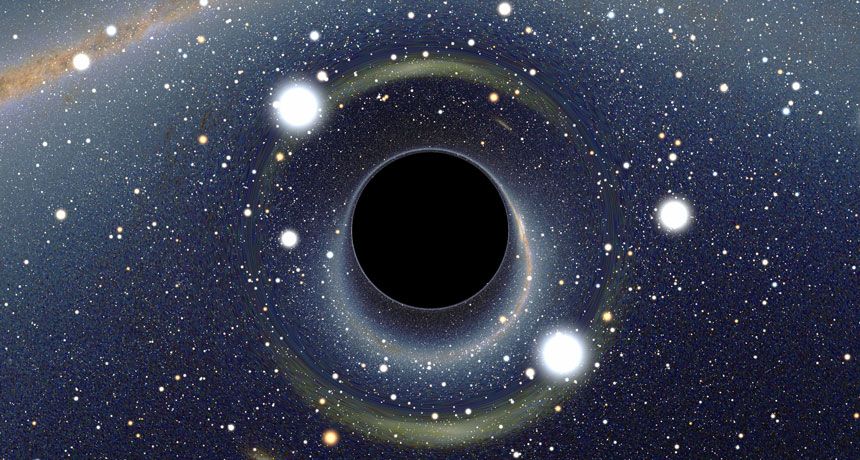Page 10991
Aug 8, 2016
Stem cell breakthrough allows scientists to grow and assemble human eyes
Posted by Montie Adkins in categories: biotech/medical, innovation
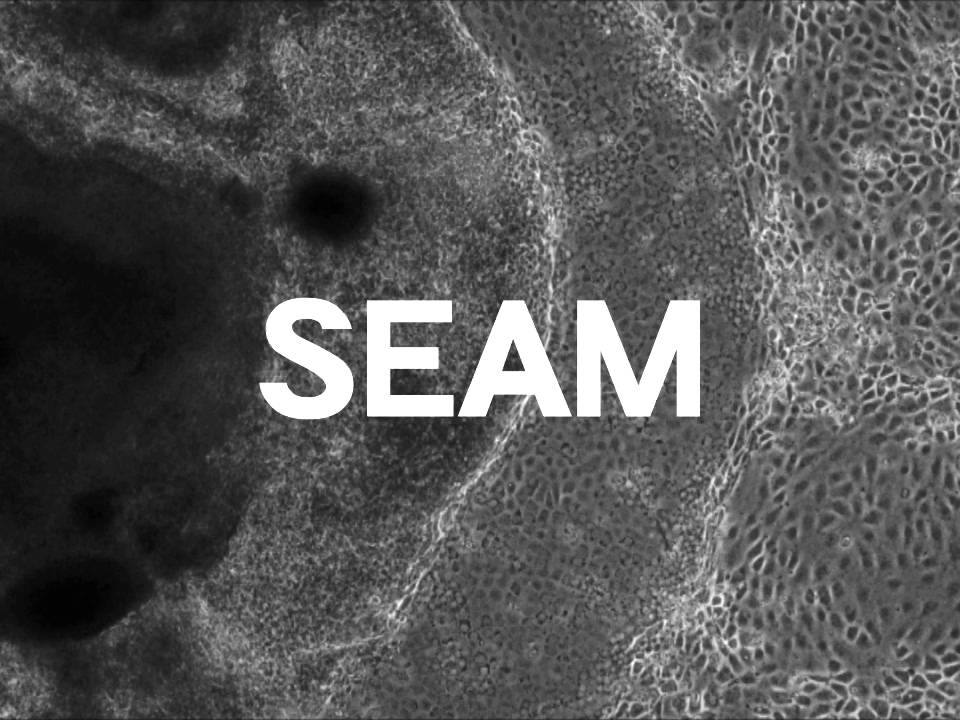
https://youtube.com/watch?v=Rw1odkI0Nw8
“An ultimate goal of stem cell research is to turn on the regenerative potential of one’s own stem cells for tissue and organ repair and disease therapy,” said Dr. Kang Zhang of the UC San Diego School of Medicine.
You’ll soon be able to see the future with eyes grown in petri dishes. Scientists in Japan’s Osaka University have found a new way to turn stem cells into a human eyeball in what is (needless to say) a remarkable breakthrough for the medical community. According to lead biologist Kohji Nishida, a small sample of adult skin is all that would be required in order to grow retinas, corneas, lenses, and other key components of the eye.
Continue reading “Stem cell breakthrough allows scientists to grow and assemble human eyes” »
Aug 8, 2016
IBM scientists emulate neurons with phase-change technology
Posted by Sean Brazell in categories: computing, finance, internet


Scientists at IBM Research in Zurich have developed artificial neurons that emulate how neurons spike (fire). The goal is to create energy-efficient, high-speed, ultra-dense integrated neuromorphic (brain-like) technologies for applications in cognitive computing, such as unsupervised learning for detecting and analyzing patterns.
Continue reading “IBM scientists emulate neurons with phase-change technology” »
Aug 8, 2016
Ultrasonic wireless ‘neural dust’ sensors monitor nerves, muscles in real time
Posted by Sean Brazell in categories: computing, neuroscience
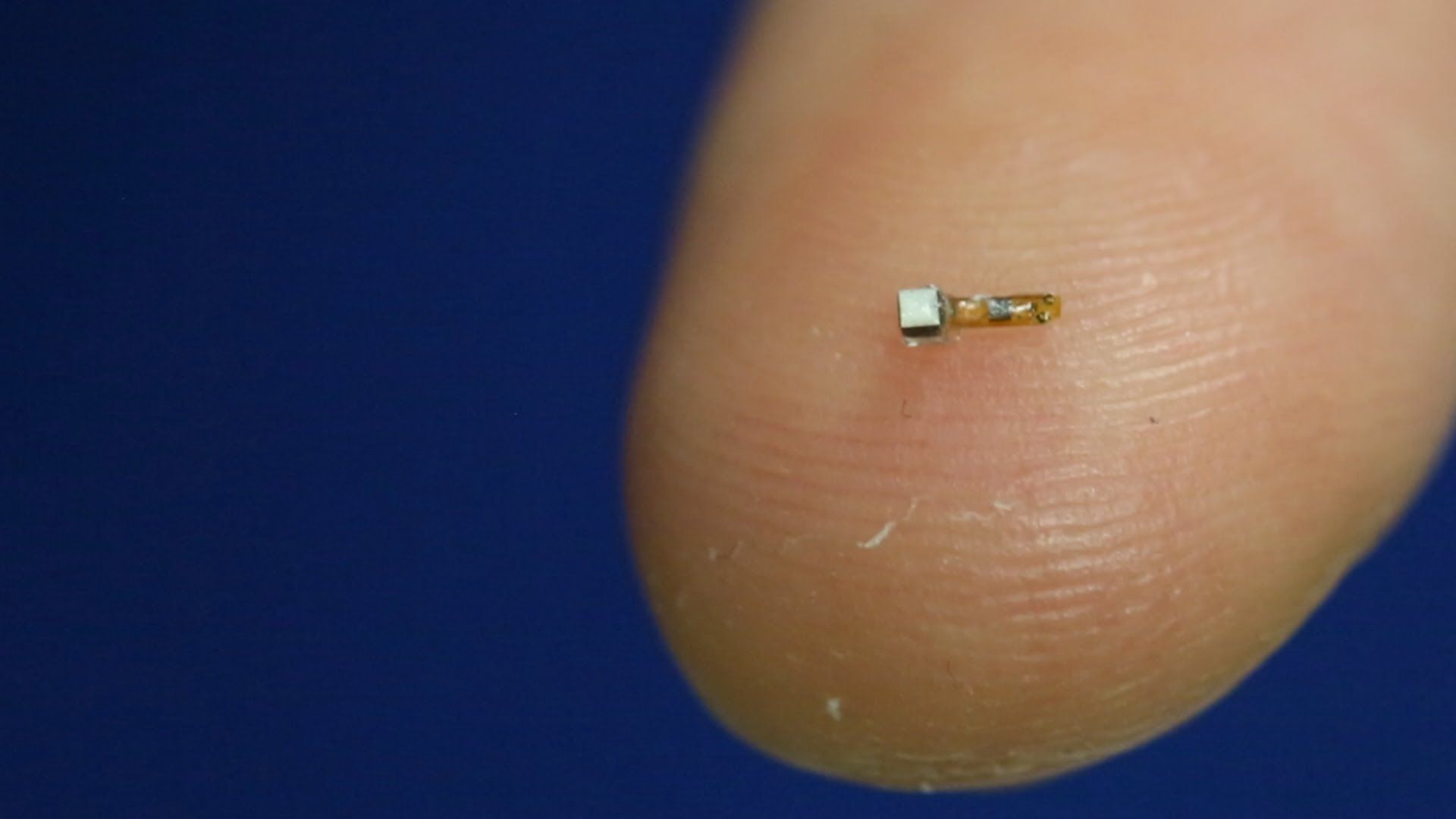

University of California, Berkeley engineers have designed and built millimeter-scale device wireless, batteryless “neural dust” sensors and implanted them in muscles and peripheral nerves of rats to make in vivo electrophysiological recordings.
Continue reading “Ultrasonic wireless ‘neural dust’ sensors monitor nerves, muscles in real time” »
Aug 8, 2016
Navigating in deep space: The recipe to make Interstellar travel a reality
Posted by Klaus Baldauf in categories: robotics/AI, space travel
An accurate method for spacecraft navigation takes a leap forward today as the National Physical Laboratory (NPL) and the University of Leicester publish a paper that reveals a spacecraft’s position in space in the direction of a particular pulsar can be calculated autonomously, using a small X-ray telescope on board the craft, to an accuracy of 2km. The method uses X-rays emitted from pulsars, which can be used to work out the position of a craft in space in 3D to an accuracy of 30 km at the distance of Neptune.
Pulsars are dead stars that emit radiation in the form of X-rays and other electromagnetic waves. For a certain type of pulsar, called ‘millisecond pulsars’, the pulses of radiation occur with the regularity and precision of an atomic clock and could be used much like GPS in space.
The paper, published in Experimental Astronomy, details simulations undertaken using data, such as the pulsar positions and a craft’s distance from the Sun, for a European Space Agency feasibility study of the concept. The simulations took these data and tested the concept of triangulation by pulsars with current technology (an X-ray telescope designed and developed by the University of Leicester) and position, velocity and timing analysis undertaken by NPL. This generated a list of usable pulsars and measurements of how accurately a small telescope can lock onto these pulsars and calculate a location.
Continue reading “Navigating in deep space: The recipe to make Interstellar travel a reality” »
Humanity has long dreamed of establishing itself on other worlds, even before we started going into space. We’ve talked about colonizing the Moon, Mars, and even establishing ourselves on exoplanets in distant star systems. But what about the other planets in our own backyard? When it comes to the solar system, there is a lot of potential real estate out there that we don’t really consider.
Well consider Mercury. While most people wouldn’t suspect it, the closest planet to our sun is actually a potential candidate for settlement. Whereas it experiences extremes in temperature – gravitating between heat that could instantly cook a human being to cold that could flash-freeze flesh in seconds – it actually has potential as a starter colony.
Aug 8, 2016
Will Warp Drive Finally Become A Reality?
Posted by Andreas Matt in categories: genetics, quantum physics, space travel
Not so long ago we had to assume that we’ll never be able to travel faster than light. This was based on scientists’ sensible belief that we can travel through space but cannot change the nature of space itself. Then the idea of ‘Warp Drive’ came along to challenge and seemingly change all of the barriers that Einstein’s theory identified. Warp Drive is all about squashing and stretching space — a pretty ambitious task to begin with. So maybe it’s time again to have a look at how far we’ve already come or how close we are to seeing a real warp drive built by humans.
In May 1994, theoretical physicist Miguel Alcubierre finally presented his proposal of “The Warp Drive: Hyper-fast travel within general relativity” in a scientific journal called Classical and Quantum Gravity.
He indeed was inspired by Star Trek and its creator Gene Roddenberry, who famously coined the expression “Warp Drive” to explain the inexplicable propulsion of the Starship Enterprise as prodigious speed was just necessary to enable his fictional space travelers to leap from star to star on their trek.
Aug 7, 2016
Five New Ideas to be Explored by NASA Aeronautics Teams
Posted by Klaus Baldauf in categories: 3D printing, energy, transportation
They might not work, but no one will know for sure unless they’re given a chance.
That’s the general idea behind the recent selection of five aviation-related technologies for vigorous study as part of NASA’s ongoing Convergent Aeronautics Solutions project during the next two years of so, which itself is now in its second year.
Researchers will study a new kind of fuel cell, increasing electric motor output with the help of 3D printing, use of Lithium-Air batteries to store energy, new mechanisms for changing the shape of a wing in flight and basing a new antenna design on the use of lightweight aerogel.
Continue reading “Five New Ideas to be Explored by NASA Aeronautics Teams” »
Two analyses indicate that LIGO could have detected black holes that formed just after the Big Bang.
Aug 7, 2016
5 Future Visions to Fuel Your Imagination of What’s Possible
Posted by Klaus Baldauf in category: futurism

Through the lens of imagination, humankind has the ability to see far beyond the present. The strongest of these guiding visions tend to coalesce and together steer the trajectory of where we’re headed—even if we don’t arrive exactly where expected.
But what fuels the imagination? The information we consume paints a picture of the world we inhabit. Both sci-fi and forecasting offer fertile ground for stimulating thoughts about the future, while also helping us imagine the steps necessary to get us closer or further from the destination.
Continue reading “5 Future Visions to Fuel Your Imagination of What’s Possible” »
